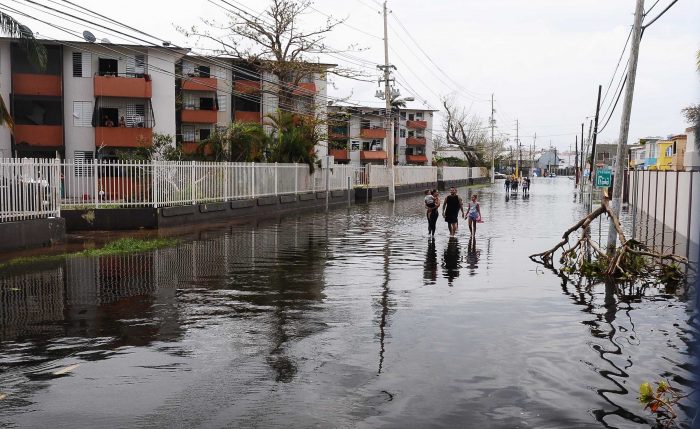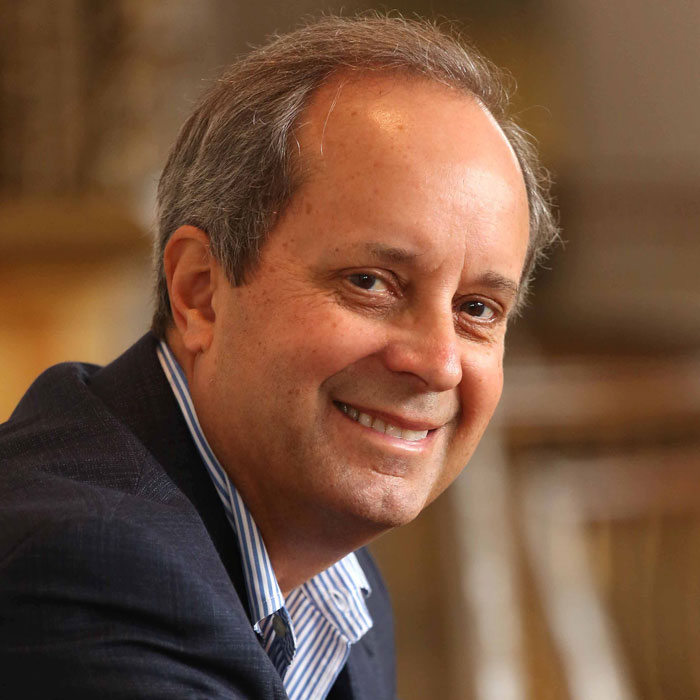Puerto Rico: A Model for Innovation or Continued Desperation?
What will happen to Puerto Rico? Will it become an innovative, well-funded laboratory for how to “build back better” after a devastating disaster? Or will it become a collection of unfulfilled dreams – and quite a few schemes – an island slowly fading into oblivion? Puerto Rico is the latest example of the “disaster dilemma.” […]
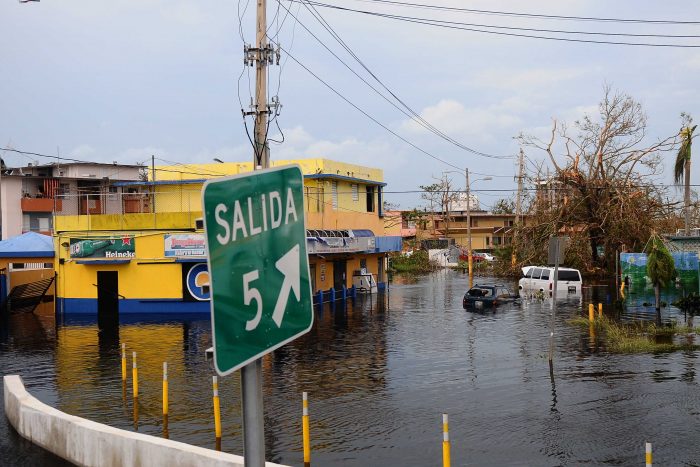

What will happen to Puerto Rico?
Will it become an innovative, well-funded laboratory for how to “build back better” after a devastating disaster? Or will it become a collection of unfulfilled dreams – and quite a few schemes – an island slowly fading into oblivion?
Puerto Rico is the latest example of the “disaster dilemma.” Natural disasters are indiscriminate, equal-opportunity destroyers. Everyone is impacted, but everyone does not fare the same afterwards. Many citizens have the resources to eventually restore what they lost – with support from friends and family, insurance policies, savings accounts, and the tenacity to successfully maneuver through the red tape of government agencies. But vulnerable populations – people who were struggling before the disaster – have little to rely on to bring them back. To these populations, restoration is very difficult and reveals a larger question. Why restore homes or infrastructure that were already below average when they should really be replaced or improved?
This issue of a disproportionate ability to recover has new urgency as we recently learned from a new report that deaths caused by Hurricane Maria are estimated to be close to 3,000. The report estimated that citizens from poor communities had a 60 percent higher risk of dying, and senior citizens over 65 had a 30 percent higher risk. Another recent report found that when natural disasters hit, people of color not only bear the brunt of the damage, they also aren’t able to bounce back to the same degree as whites.
To be sure, Hurricane Maria did not cause all of Puerto Rico’s current problems. The governor of Puerto Rico, Ricardo Rossello Nevares, recently acknowledged that Puerto Rico [has been struggling] with an economic crisis spanning more than a decade, with structural demographic, health, social, and infrastructure stresses; and a history of limited government transparency. It has poverty rates higher than any U.S. state. In addition, Puerto Rico’s population is aging, as its young migrate to the mainland. Even before Maria hit, the island was struggling.
Restoring Puerto Rico’s electric grid has become a metaphor for its “disaster dilemma.” The New York Times reported that “after spending $3.2 billion, erecting some 52,000 new electrical poles and stringing 6,000 mile of wire, the Puerto Rico electricity system is not in much better condition now than it was before Maria cut power to every home and business on the island…Even as some of the last customers are reconnected, many billions of dollars more must still be spent to reconstruct the system and fortify the transmission lines that have been so tattered and poorly maintained that when a mishap occurs, the lights can go out on the entire island.” Restored . . . not improved. Several comprehensive and innovative solutions have been proposed to address the dilemma.
Seeds of Opportunity
In mid-July, the governor of Puerto Rico, released a draft of a report looking at Puerto Rico’s future entitled “Transformation and Innovation in the Wake of Devastation: An Economic and Disaster Recovery Plan for Puerto Rico.” Developed following the U.S. Congress’ enactment of the Budget Act of 2018, the governor called it his “Build Back Better” plan. It is focused on four primary goals: Society, Economy, Resilience and Infrastructure. Ultimately, it’s a plan to re-do every aspect of life in Puerto Rico, and it ambitiously suggests 270 different ways to accomplish this.
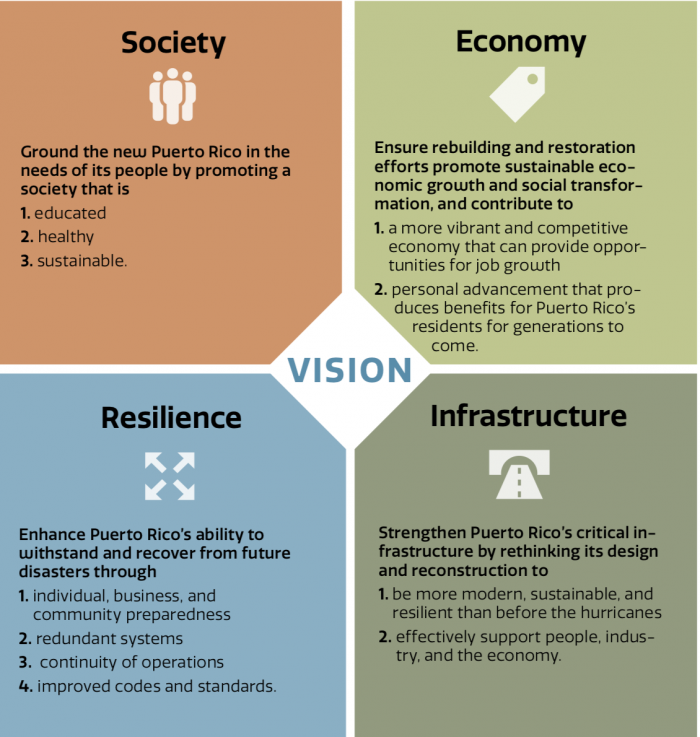
Although final costs have not been established, the plan estimates it will cost several hundred billion dollars, only part of which has already been provided by federal disaster relief, private insurance, private sector and philanthropic sources.
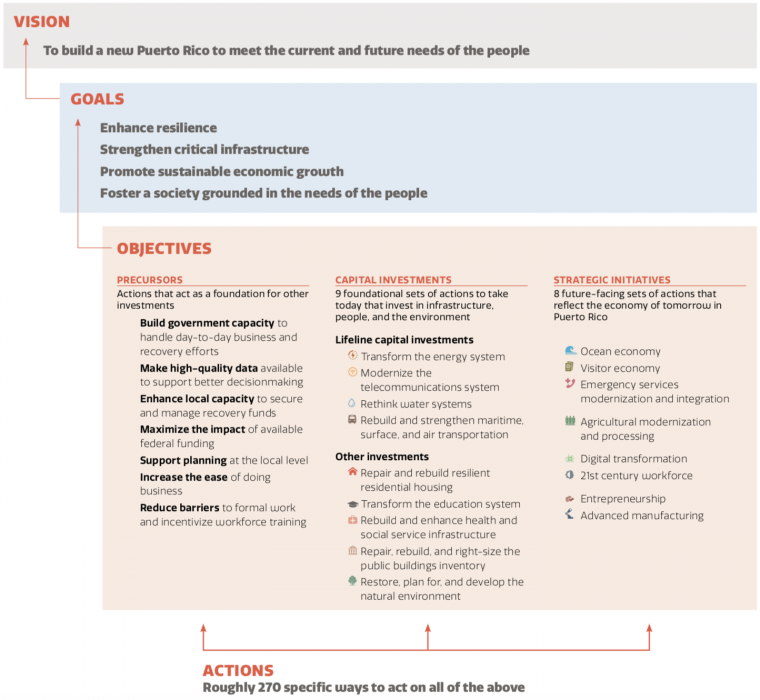
Meanwhile, another group called the Resilient Puerto Rico Advisory Commission has been meeting with the support of The Rockefeller Foundation, 100 Resilient Cities, the Open Society Foundations and the Ford Foundation. In June, it released the Relmagina Puerto Rico Report with six sector reports that “produce an actionable and timely set of recommendations for how to use philanthropic, local government and federal recovery funds to help rebuild Puerto Rico in a way that makes the island stronger – physically, economically, and socially – and better prepared to confront future challenges.” All in all, it proposes a set of 97 actions that cover six areas: housing, physical infrastructure, economic development, health, education and social services, energy, and natural infrastructure.
Another group of 350 leaders from business, philanthropy and government has been meeting under the auspices of The Clinton Global Initiative. It has now held two post-disaster recovery sessions. It is focusing on five different areas:
- Being prepared for quicker assistance
- Building long-term resilient energy styles
- Helping farmers recover and thrive
- Investing in workforce development
- Supporting mental health and wellness after disaster
Finally, there’s the question of long-term plans for the Federal Emergency Management Agency (FEMA). After extensive criticism of its efforts immediately after Maria hit, last month FEMA issued a report acknowledging it failed to properly prepare for the hurricane season and was unable to provide adequate support to hurricane victims. The initial response was also hampered by communication and logistical challenges. Ongoing problems persist including grants for home repairs, where about 60 percent of household applications have been denied by FEMA because of ownership technicalities — about twice as high as rejections in other disasters.
After spending tens of billions in Puerto Rico already, FEMA is getting ready to make a long-term commitment that could stretch on for many years and commit many more tens of billions of dollars.
Looking Ahead
One year after Hurricane Maria hit Puerto Rico, the island is slowly getting back to normal. But the “normal” of one year ago was full of problems. And as we have learned, it left the poor and elderly extremely vulnerable to the brutal storm’s aftermath. The question today is whether within the crisis of Maria lie the seeds of opportunity to rebuild a new Puerto Rico that has new and exciting solutions for food security, energy independence, good schools, a revitalized economy and a more resilient community. Only time will tell whether political, corporate and philanthropic leaders have the creativity and the determination to make it happen.
More like this
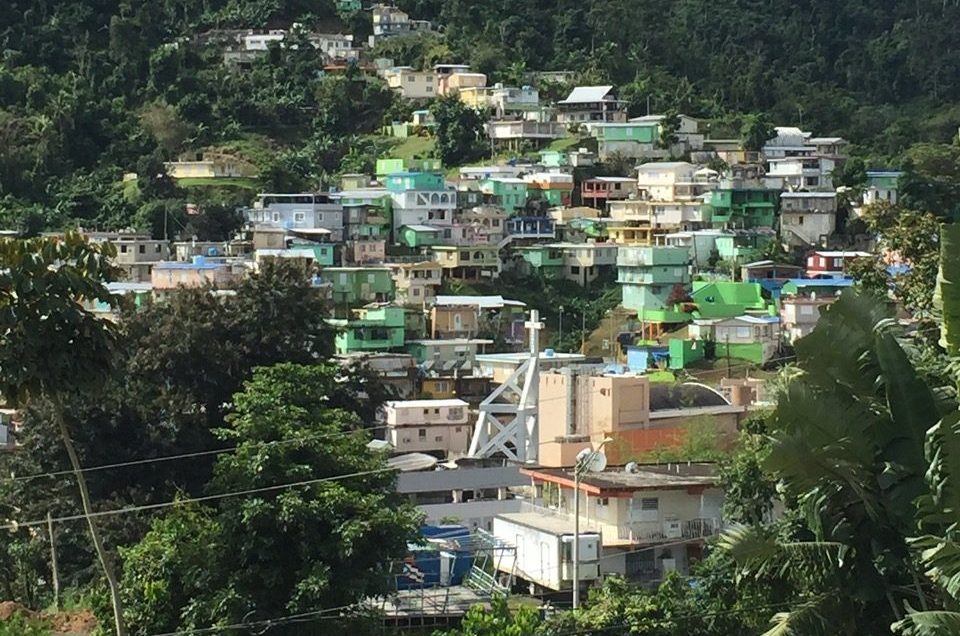
A Report On the Ground in Puerto Rico
